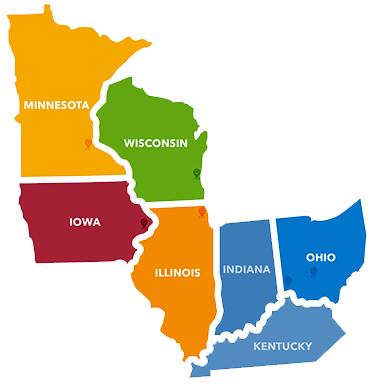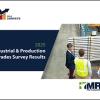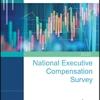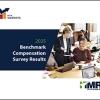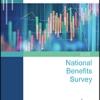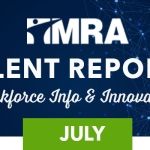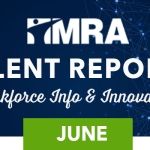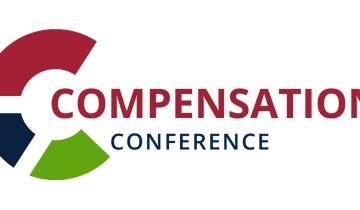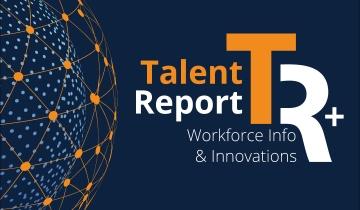FULL-SERVICE HUMAN RESOURCES
Proven Experts. Affordable Solutions.
At MRA, we deliver best-in-class HR Services customized to meet your business needs – all at a price you can afford. Through our proven approach to HR excellence, we maintain a sole focus on delivering unmatched expertise and value to businesses – from small- to medium-sized businesses to global corporations.
With 200 experts on staff and thousands of online resources, MRA is your fully equipped Human Resources provider, ready with the solutions your business needs. From HR Services to Professional Development, Talent Management, Total Rewards, and more. As your partner, we have a shared sense of urgency and commitment to accelerate efficiencies, improve your workforce, and drive your business growth.
Our mission is your success. Make MRA your next strategic business decision.
The HR Solutions You Need
As the nation’s largest employer association, we provide full-service HR to over 5,000 businesses – with year-over-year 95% customer retention! As a full-service human resources non-profit, we work differently. We are driven by your success – not by increasing our bottom line. Through a culture of continuous improvement across a comprehensive suite of services, we are your access point for best-in-class HR solutions at a price you can afford.
One Membership | Your Complete Business Coverage
Through one affordable annual membership, your business receives access to a comprehensive set of HR solutions and support – from HR Services to Professional Development, Talent Management, Total Rewards, and more. With your growth as our highest priority, we’ve designed an HR association membership pricing model that takes your business size into consideration. For one reasonable annual fee, we provide expert HR solutions that drive your business growth. Let’s start today!
The Latest
Data insights, tools, industry news, training & events and more –
the knowledge you need to advance your business & teams.


